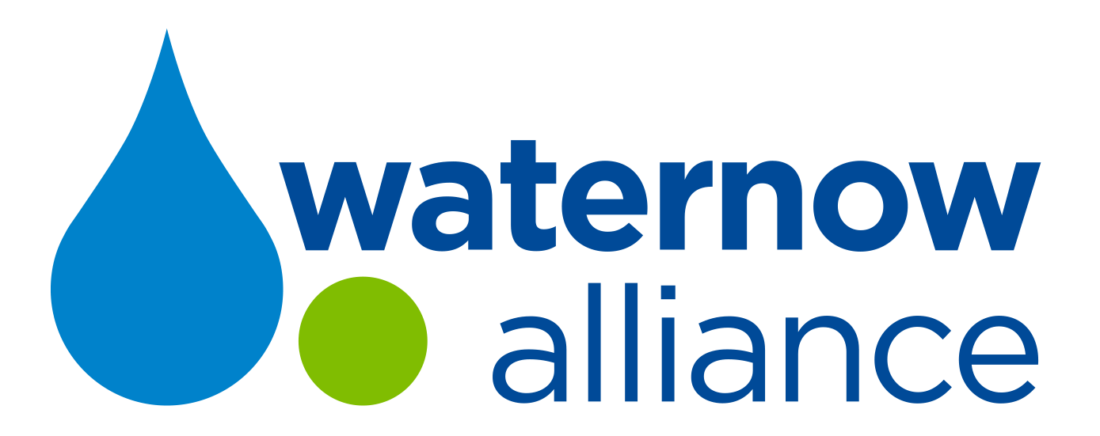Metropolitan St. Louis Sewer District (MSD) provides sanitary sewer collection and treatment and stormwater management services to 362,000 single-family residences and 26,000 commercial/industrial businesses for a total population of approximately 1.4 million in the City of St. Louis and approximately 90 percent of St. Louis County. MSD operates its system within three major watersheds: the Mississippi River, the Missouri River, and the Meramec River.
MSD faces the overlapping water management challenges of combined sewer overflows and aging infrastructure. Throughout MSD’s service area, there are hundreds of points where a combination of stormwater and wastewater discharges into local waterways from the sewer system during moderate to heavy rainstorms. From 1992 to 2012, MSD spent approximately $2.7 billion to remove more than 350 overflows.
Now, over the course of the next two decades as part of its Project Clear, MSD will spend $100 million in green stormwater infrastructure investments with an overall goal of reducing the remaining 400 combined sewer overflows in MSD’s service area to the Mississippi River. A key element of this effort is MSD’s is the Rainscaping Large Scale Grants Program. MSD’s localized infrastructure program incentivizes private property owners and developers to identify and build commercial scale green infrastructure installations on public and private land—the most cost effective, risk-managed, and simple way for cities and water authorities to deploy these localized water management solutions.
Through an innovative partnership with a mission-driven project developer, Greenprint Partners, MSD is able to deliver funding to institutional ratepayers located in lower-income areas of the St. Louis area. These projects drive more equitable distribution of grant funds while helping prevent combined sewer overflows. For example, Greenprint Partners is working to build three green infrastructure installations through MSD’s program. The Wells Goodfellow Neighborhood-Scale Green Infrastructure project will install raingardens on a contiguous block of vacant properties to capture stormwater from the surrounding area and adjacent roadways. The Historic Baptist Church installation will transform several blocks around this historically African American congregation by adding stormwater bump-outs and rain gardens that will improve curb appeal, calm traffic, and improve pedestrian safety through shortened crossing length and the addition of ADA accessible ramps. The Catholic Social Services Provider project plans to expand existing pavement with new permeable pavement and install swales and flowering rain gardens to enhance the beauty and function of the site—an historic St. Louis landmark that features a residential assisted living facility, an addiction treatment and recovery center for women, and a children’s center.
 These GSI installations are at their core meant to manage stormwater. Together they will generate 13 greened acres that will cost-effectively manage more than 5 million gallons of stormwater per year. This project developer’s unique encourages landowners to consider “Shared Prosperity” co-benefits, including beautifying the property; beautifying the neighborhood; stabilizing property values; preventing people from moving out of the neighborhood; attracting development and investment; and increasing nearby business / retail activity, as they decide on their priorities. Achieving these co-benefits is then woven deeply into each project’s benefits-driven design process. Greenprint’s projects in St. Louis are also designed to strengthen the surrounding community by increasing mental health and reducing stress; improving air quality for respiratory health; and increasing active living for physical health, among many other societal benefits.
These GSI installations are at their core meant to manage stormwater. Together they will generate 13 greened acres that will cost-effectively manage more than 5 million gallons of stormwater per year. This project developer’s unique encourages landowners to consider “Shared Prosperity” co-benefits, including beautifying the property; beautifying the neighborhood; stabilizing property values; preventing people from moving out of the neighborhood; attracting development and investment; and increasing nearby business / retail activity, as they decide on their priorities. Achieving these co-benefits is then woven deeply into each project’s benefits-driven design process. Greenprint’s projects in St. Louis are also designed to strengthen the surrounding community by increasing mental health and reducing stress; improving air quality for respiratory health; and increasing active living for physical health, among many other societal benefits.
From St. Louis, Missouri, to Eugene, Oregon, as part of WaterNow’s Tap into Resilience initiative, WaterNow has interviewed over a dozen city and utility leaders already tapping into localized water strategies for fast, affordable, and impactful solutions to their water challenges. More details on MSD’s Tap into Resilience case study are available on WaterNow’s campaign website here.

